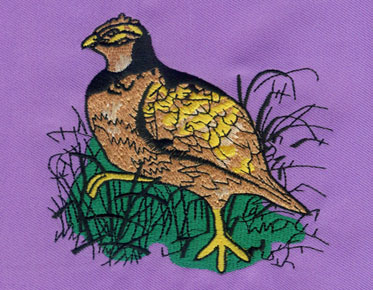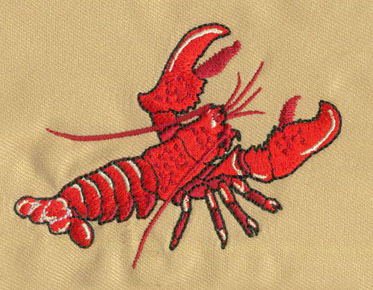Vector Art 101: Mastering Essential Tools and Techniques
Vector art is a dynamic and versatile form of digital illustration that has become integral to graphic design, branding, and digital art. Unlike raster images, vector graphics are resolution-independent, allowing for scalability without loss of quality. In this blog, we will delve into the fundamentals of vector art, exploring essential tools and techniques that form the foundation for creating stunning and professional-looking designs.
Understanding Vector Art
Vector art is composed of mathematical equations that define shapes, lines, and colors. These graphics are created using vector illustration software, with each element represented as a series of points connected by lines or curves. This mathematical foundation enables vector graphics to be resized infinitely without sacrificing clarity.
Essential Vector Art Tools
- Pen Tool:
The pen tool is a cornerstone of vector art creation. It allows users to create precise paths and shapes by placing anchor points and manipulating control handles. Mastery of the pen tool is fundamental to creating intricate and detailed designs. - Shape Tools:
Vector software typically includes tools for basic shapes such as rectangles, ellipses, and polygons. These tools provide a quick and efficient way to create foundational elements in vector art. - Gradient Tool:
Gradients add depth and dimension to vector designs. The gradient tool allows users to apply smooth transitions between colors, creating realistic shading and highlights. - Selection Tools:
Selection tools enable the manipulation of individual or grouped elements. This includes the direct selection tool for adjusting anchor points and the selection tool for moving, rotating, and resizing objects. - Text Tool:
Vector art often involves incorporating text. The text tool allows for the creation and manipulation of text elements within the design. Typography plays a crucial role in conveying messages and aesthetics. - Pathfinder or Shape
Modes:
Pathfinder tools, or shape modes, enable users to combine, subtract, and intersect shapes to create more complex forms. These tools are essential for creating intricate and customized designs.
Vector Art Techniques for
Beginners
- Mastering the Pen Tool:
Learning to control the pen tool is crucial for creating smooth and precise paths. Practice creating straight lines, curves, and complex shapes to build confidence and accuracy. - Understanding Anchor
Points and Handles:
Anchor points and their associated control handles dictate the shape of paths. Understanding how to manipulate these elements influences the overall form of vector graphics. - Creating Custom Shapes
with Pathfinder:
Experiment with the Pathfinder tools to create custom shapes by combining or subtracting basic forms. This technique is useful for designing logos, icons, and unique graphics. - Utilizing Layers:
Organizing your artwork into layers enhances efficiency and allows for better control over individual elements. Layers help manage complex designs and facilitate the editing process. - Applying Gradients for
Depth:
Gradients can transform flat shapes into dynamic and dimensional elements. Experiment with radial, linear, and angular gradients to enhance the visual appeal of your vector designs.
Advanced Vector Art Techniques
- Clipping Masks:
Clipping masks allow you to confine the visibility of one object to the shape of another. This technique is particularly useful for creating intricate patterns or applying textures within specific areas. - Blend and Gradient Mesh:
The blend tool enables the creation of smooth transitions between objects, while the gradient mesh tool allows for intricate color blending within a shape. These advanced techniques add sophistication to vector designs. - Pattern Creation:
Mastering the art of pattern creation opens up possibilities for designing backgrounds, textures, and repeated motifs. Seamless patterns enhance the visual cohesiveness of your artwork. - Custom Brushes:
Create custom brushes to add artistic strokes, patterns, or textures to your designs. Custom brushes provide a hand-drawn or painterly feel to vector illustrations.
Best Practices for Vector Art
Creation
- Maintain Consistent Line
Weights:
Consistency in line weights contributes to a polished and professional look. Pay attention to the thickness of lines throughout your design to ensure visual coherence. - Optimize Anchor Points:
Use the fewest anchor points necessary to define a shape. Overly complex paths can complicate editing and increase file size without adding significant detail. - Explore Color Theory:
Understanding color theory is essential for creating visually appealing designs. Experiment with color palettes, complementary colors, and analogous schemes to evoke specific emotions or convey messages. - Save Iteratively:
Save multiple versions of your work as you progress. This allows you to revisit earlier stages if needed and provides a safety net in case of accidental changes or file corruption.
Conclusion: Elevate Your Designs
with Vector Art Mastery:
Mastering vector art involves a combination of practice,
experimentation, and a deep understanding of the tools and techniques at your
disposal. As you delve into the world of vector illustration, remember that
creativity knows no bounds, and vector art provides a canvas for limitless
possibilities. Whether you're designing logos, illustrations, or intricate
patterns, the foundational skills and advanced techniques discussed in this
blog will empower you to elevate your vector art to new heights. So, pick up
your digital pen, unleash your imagination, and let vector art become your
medium of boundless expression.



